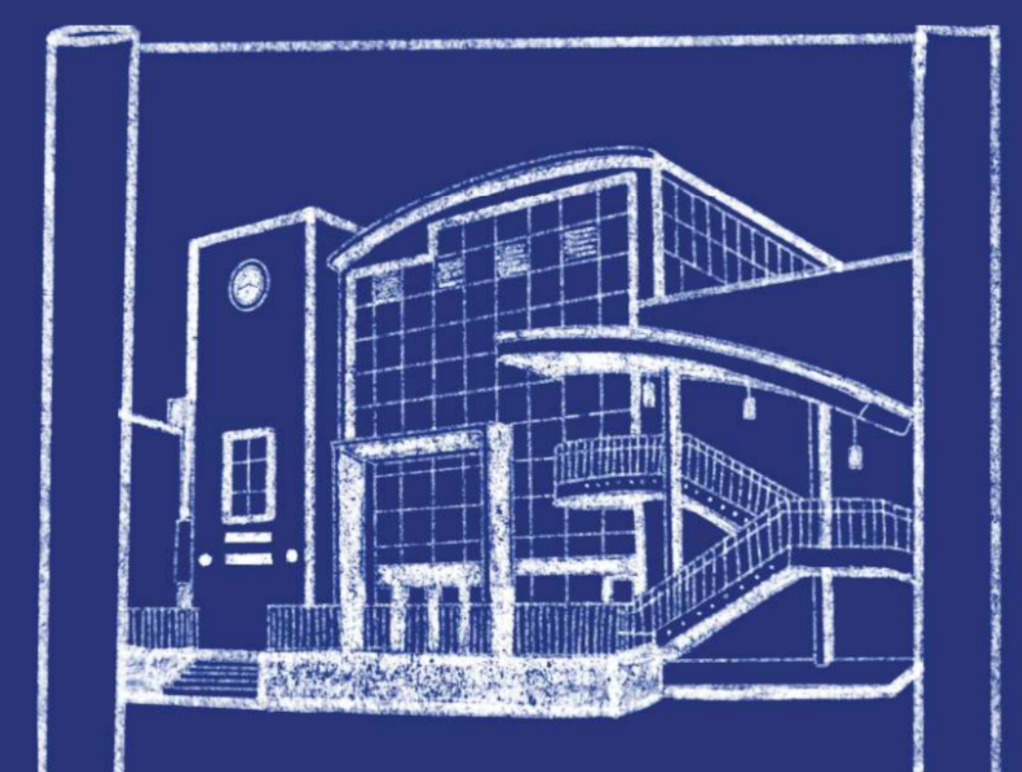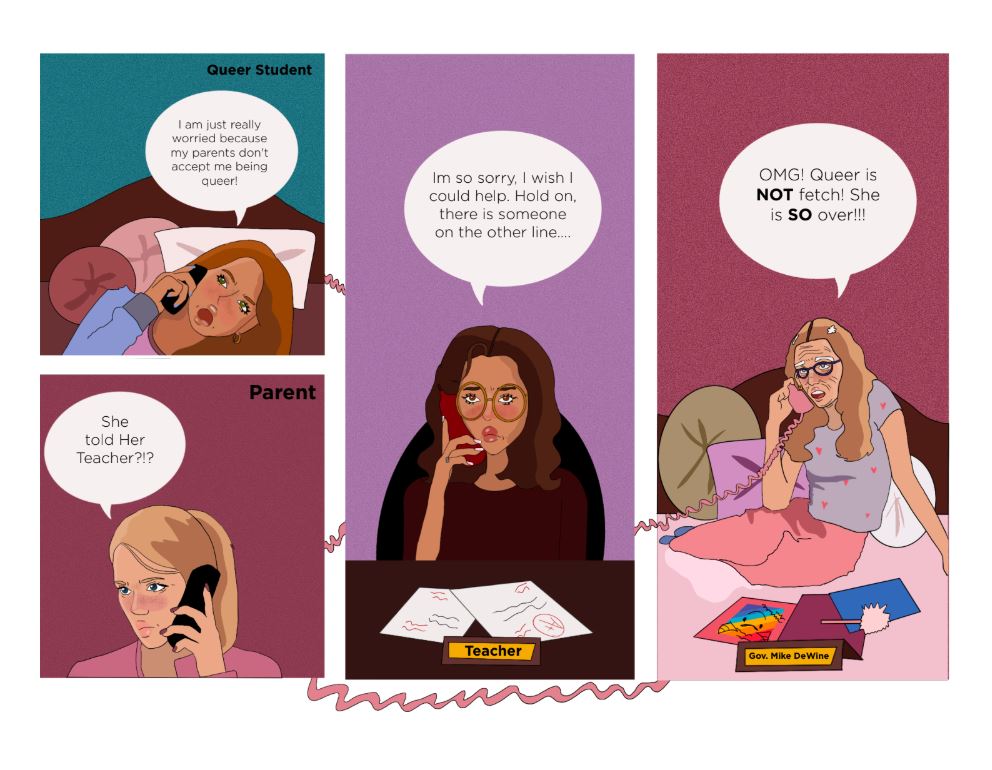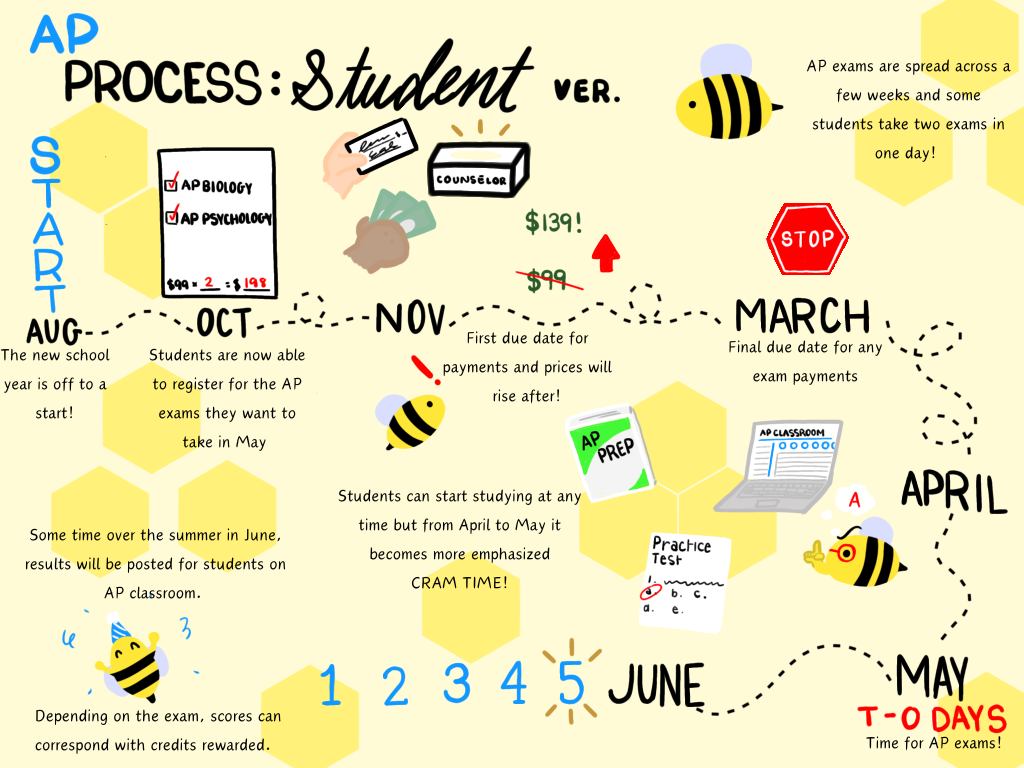Two months into the new school year, students across the world who are enrolled in an Advanced Placement (AP) course have until the last week of October to decide whether they want to register for their May exams. Students have expressed concerns with not knowing enough about the course to confidently say they will pass in May. Many teachers feel the same way, but others may already have an idea of which students will pass, and which might not.
East Senior Vicky Jiang has taken 7 AP classes and says that the deadline was too early in the year. She believes that not enough content has been taught to make a clear decision.
“College Board should give us more time to think, whether or not we want to take the test, because two or three months definitely isn’t enough for us to think and reflect on whether or not we will pass the test,” Jiang told Spark.
College Board does offer a late registration to students, but it comes with a $40 fee on top of the $99 base cost for an exam.
According to a Spark survey of 293 students conducted by Spark, 41% believe that the registration deadline is too early in the year. Meanwhile, in a survey of 37 teachers 52% of teachers who teach AP classes believe the registration is too early in the year.
East English teacher Dr. Andrew Alexander has been teaching AP Literature and Composition for 12 years. Although he said that he does not have any profound feelings surrounding the early registration date, Alexander does give some insight about how he can tell how students will do on the May exams.
“At the two month mark I absolutely know who’s likely to pass and who’s not likely to pass,” Alexander told Spark.
Alexander shares that it takes only 10 minutes for him to know if a student will struggle in his class. By looking at one test, essay, or AP result as well as a student’s reading score on the ACT, he will have his answer. By October his students have already covered 60% of the content that will be presented to them on the exam in May.
East previously used a system called “AP Potential,” according to Alexander. This algorithm predicted AP exam results using past tests and PSAT scores.
“[Say] I want to have students with a 55% chance of getting a three or better in my subject,” said Alexander, “with this, AP Potential will be able to create a roster of students who fit the given criteria.”
Though AP Potential is no longer in use, according to Alexander, he now has been using his own matrix long enough to make an educated guess on how his students will do.
East Counselor Andrea Bryant has been the AP exam coordinator for the past 8 years and said that the deadline for registrations used to be in March but was changed when AP Classroom was created.
“In order to get students in and committed to the test, and to be able to use those resources, they moved it to a fall deadline,” Bryant told Spark.
AP Classroom is a digital resource for students that provides them with progress checks and assignments to help students prepare for the test. Bryant said that this allows teachers to gauge what worked and what did not to better address teaching in the classroom.
Not only does it help Bryant with preparation when the deadline is earlier in the year, but she also voices that it helps to show students the commitment needed to prepare properly for May.
Over the years East has added more AP courses to their curriculum, but overall, the number of students signing up and choosing to take the exams has not changed that much from when the deadlines were in March.







































































































